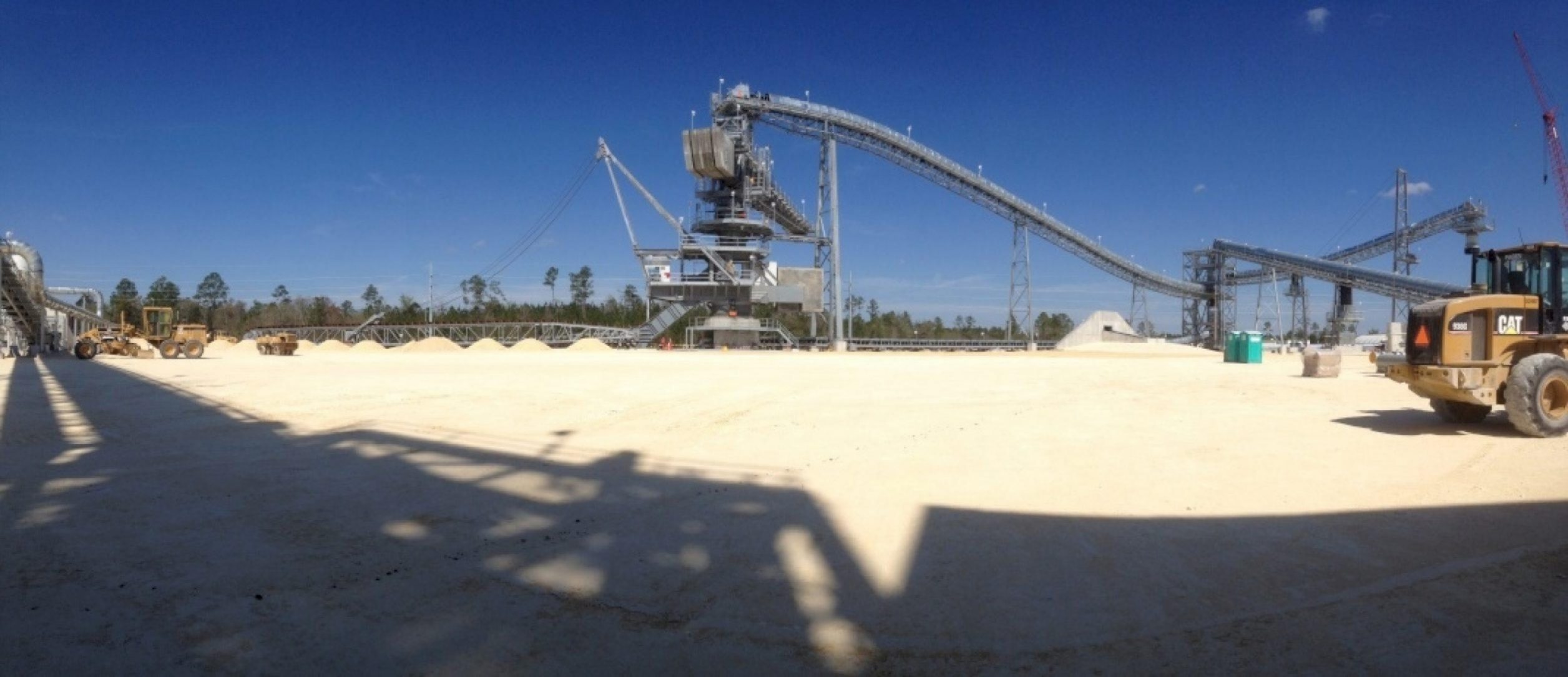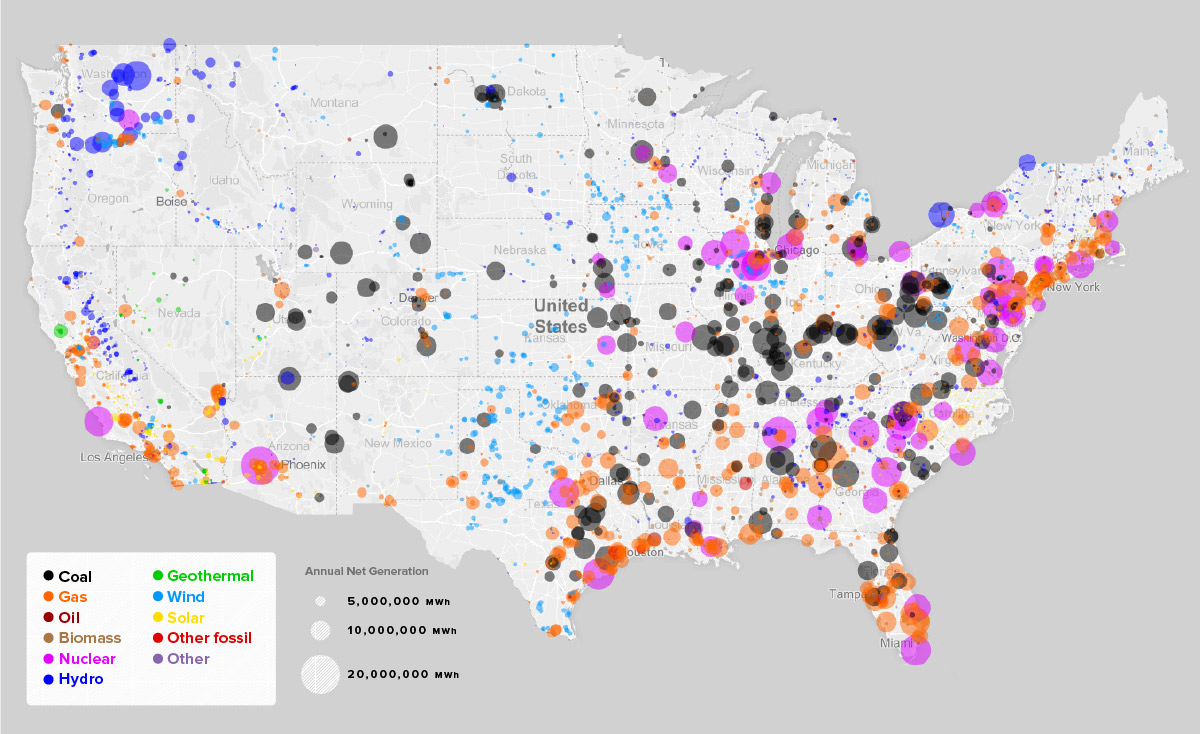
The United States, together with Brazil accounted for 85 percent of all ethanol production, with total world production of exist in the U.S. But, they work differently than the ones described here (more like traditional coal plants). More cost and pollution information is.The U.S. Energy Information Administration projects biomass generation to grow at an average of 4.3% per year through 2040—more than doubling current rates—chiefly because of its increased use as a “co-firing” source along with coal in electrical power plants.Shut down and restart biomass power plants or equipment in emergency situations or for equipment maintenance, repairs, or replacements.
This phenomenon is referred to as a “ carbon debt.” In addition, growing crops for biofuel requires substantial amounts of water from already stressed aquifers and surface sources, and it can adversely impact the surrounding environment.Much more research needs to be done on the use of biomass as a source of fuel, but there is promise that it will reduce our nation’s dependence on fossil fuels and decrease the emission of GHGs. Monitor the operating status of biomass plants by observing control system parameters, distributed control systems, switchboard gauges, dials, or other indicators.Burning biomass releases about the same amount of carbon dioxide (CO2) as burning fossil fuels. However, biomass is more sustainable than fossil fuels because the CO2 it releases is balanced by the CO2 absorbed in plant growth. Any fossil energy that is used to grow, harvest, and process fuel from biomass releases some of that net CO2 but overall, burning biomass contributes significantly less to climate change than fossil fuels.
Various life-cycle assessment studies (Searchinger et al., 2008 DeCicco et al., 2016) have shown that annual bioenergy crops such as corn are not much better than fossil fuel energy sources in terms of climate and energy impacts. Perennials are generally defined by their lifetime of three or more years. This solution replaces conventional electricity-generating technologies such as coal, oil, and natural gas power plants.Considering their variety of potential uses, it is important to consider the development and deployment of perennial crops as an alternative to annual bioenergy crops. Project Drawdown defines biomass power as the use of perennial biomass feedstock for dedicated electricity generation and combined heat and power generation.
These were assessed in comparison with a Reference Scenario, in which the solution’s market share was fixed at the current levels. This number is derived from solid biofuels and bagasse data (IRENA), applying a factor of 20.2 percent obtained through a meta-analysis of data from several sources (El Bassam, 2010 NREL, 2011 Turconi et al., 2013).Impacts of increased adoption of biomass power from 2020 to 2050 were generated based on two growth scenarios. Current adoption is estimated at 0.28 percent of generation (73 terawatt-hours). The total addressable market for electricity generation technologies using perennial crops as feedstock is based on estimated global electricity generation from 2020 to 2050. It models both woody and herbaceous plants as the main source of feedstock for dedicated electricity generation and combined heat and power generation.Two total addressable markets were developed for this sector solution, supported on lower and higher climate emissions mitigation targets linked to different levels of electricity demand and renewable energy sources integration. MethodologyThis analysis focuses on perennial biomass power.


Under Scenario 1, this solution could reduce 2.5 gigatons of carbon dioxide-equivalent of greenhouse gas emissions from 2020 to 2050, compared with the Reference Scenario.Scenario 2 assumes an higher growth of perennial biomass for generation technologies, with impacts on greenhouse gas emissions reductions over 2020–2050 of 3.6 gigatons of carbon dioxide-equivalent. Increasing the use of this solution from approximately 0.28 percent in 2018 to 1.1 percent of world electricity generation by 2050 would require an estimated US$250.9 billion in cumulative first costs. ResultsThe results for Scenario 1 show that the marginal first costs compared to the Reference Scenario would be US$51.1 billion from 2020 to 2050, with nearly US$216 billion in lifetime savings from the electricity-generating biomass power plants installed in the same period.
Despite the robust adoption projections for total biomass and waste, the mix of electricity-generating technologies (co-firing or dedicated biomass, pure electricity or co-generation) or fuels (wood pellets, agricultural residues, municipal solid waste, synthetic gas, biogas), and the share of perennial crops used, bring significant levels of uncertainty. While the carbon savings may not be tremendous, the modelling did not account for electricity generation technologies with carbon capture and storage.


 0 kommentar(er)
0 kommentar(er)
